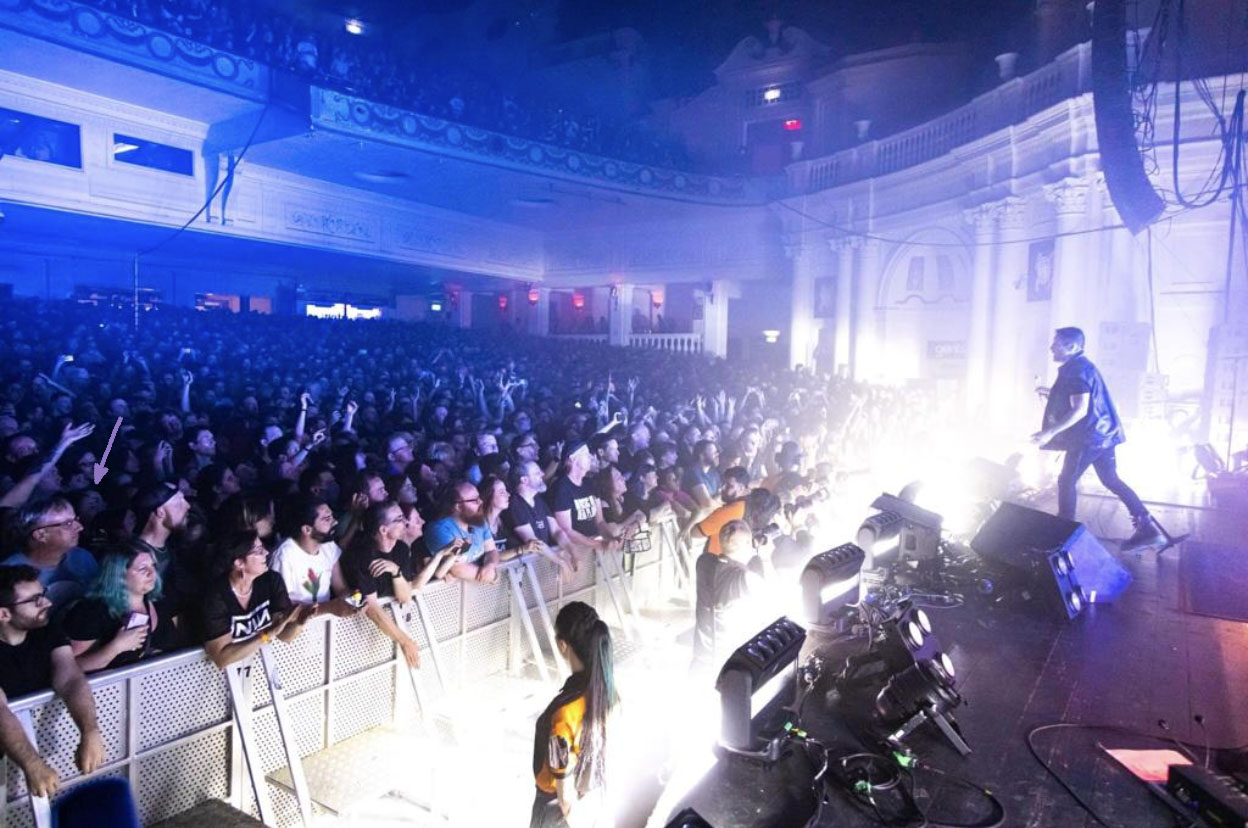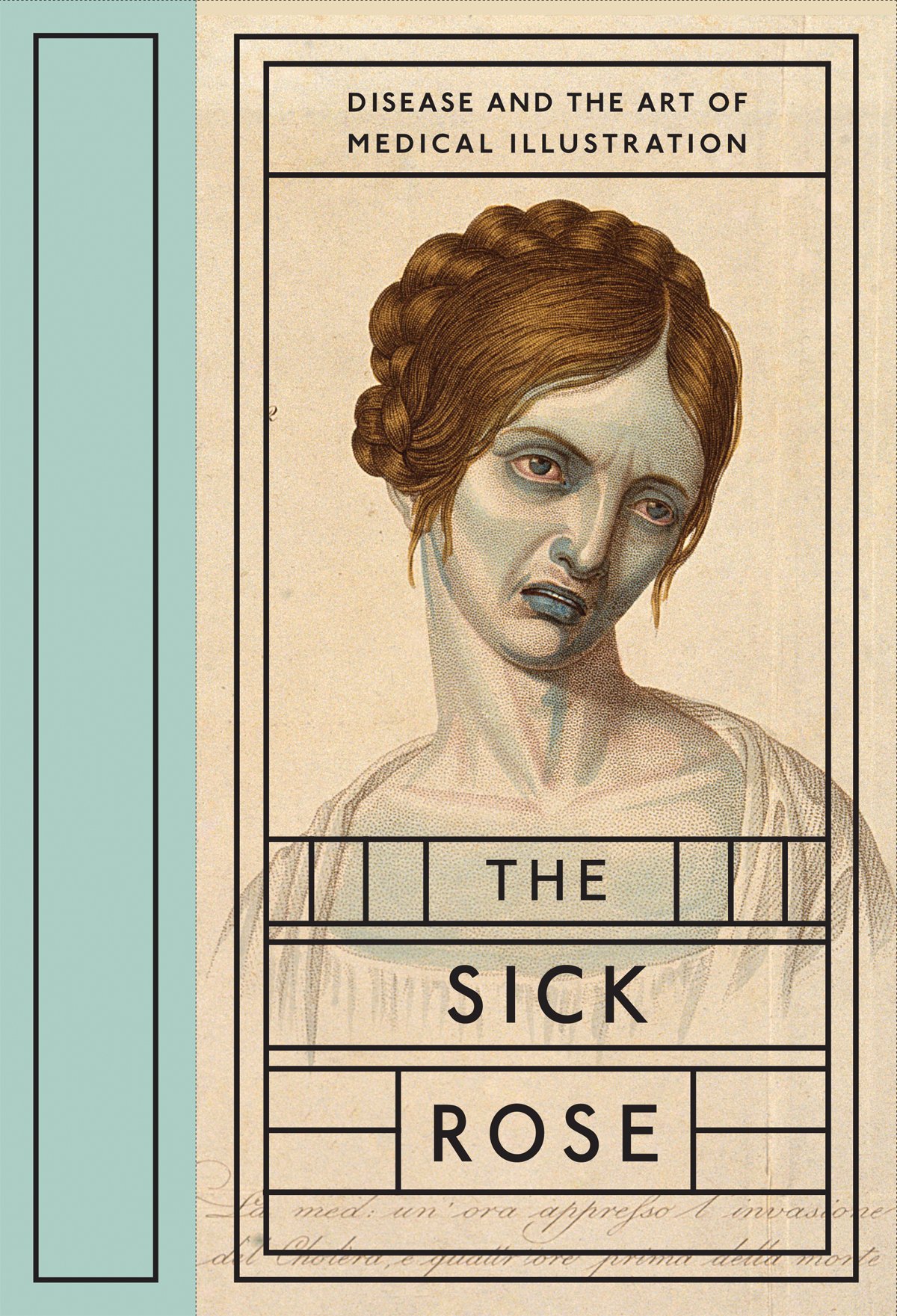“AI is not talented enough to replace the creators”
Interview with HILL CHEUNG, 3D Digital Artist at Observatory
Observatory – Could you tell us about your career path? How did you get into the industry?
Hill – I began working in this industry because of my friend 15 years ago. At the time, I had no idea what I wanted to do or what my career path would be… I was basically lost. So my friend encouraged me to pursue a career in design. I was between the ages of 18 and 20, I believe. I graduated from secondary school in 2004 in Hong Kong and then worked in manufacturing for five years. However, I felt a lack of technical background.
One of my friends suggested I change careers and study design at the time. That’s why I spent a year in a foundation programme. And I’m not even sure why she was so convinced that it was my career path. It worked, though, and I’ve now been in the industry for ten years, having started my first job in 2012 in Hong Kong at Asia Television Limited, a broadcasting company.
I’d been there for a year and a half, in charge of producing on-air promotions. So I created design assets for various on-air programmes, primarily for entertaining ones such as TV series, TV shows, talk shows, and, of course, breaking news.
Observatory – How did you get to the Observatory, and how do you find your time here?
Hill – I relocated to the United Kingdom last year. I wanted to test myself in a new environment, work with people from various cultures, gain inspiration, and grow as a professional. Moving to a new country with my wife during the pandemic was an entirely new experience for me, as I had never been outside of Asia. When I finally settled, I found my new job at Observatory very quickly; it was my first interview here in London. So far, I’m enjoying it. My first impression of this company was that it is more like a family than an organisation; the atmosphere is so welcoming.
That is what I like best about it because it makes me feel both relaxed and focused. Working for large corporations used to cause me a lot of stress, so The Observatory was exactly what I needed. And, thankfully, they hired me! (laughs) My first day here was October 1, 2021.
It’s completely different from what I used to work with, especially in terms of formats. It was all about TV visual assets, which were pretty much the same 16×9 every time. And here, I work with live event visuals, LED screens, and a variety of other things. It gives me more room for creativity and imagination. It’s also challenging, which is a good thing! When you face new challenges, you grow as a professional. Furthermore, I believe Ben and Simon have big plans for the future of the company.
Observatory – What are the projects in your portfolio you’re proud of?
Hill – When I worked for a broadcasting company in Hong Kong, my team and I used to participate in various awards, and I actually received a number of them. Some of them are for promotional videos for the Mid-Autumn Festival, a traditional Chinese festival. I designed an identical image for it in cooperation with the producer and director. As a result, as a member of the team, I received several awards for this project.
But I think my favourite work, which I am also proud of, is a reality show called Be On Game. It was bizarre, but I enjoyed working on the visual aspect of it. I designed the entire visuals for this reality show, I mean every single episode!
That was a challenging yet fascinating experience. I worked on this project for about two months and was very pleased with the outcome. I had plenty of room to experiment with character rigging and puppet in particular, which was crucial because I created the entire system of characters interacting and colliding with one another. There were lots of techniques involved. Lots of small and big details required some experimentation time. And the colour tone was also bizarre, which added to the cool factor.
Observatory – What has shaped your vision and approach as a creative professional?
Hill – I think about Japanese culture because they care about the details and I care about details a lot. And, strange as it may sound, I also enjoy Japanese clothing; they are excellent at Minecraft, and I adore the texture, smell, and material. I believe Japanese culture is extremely influential in Asia and throughout the world. They excel at technology, but there is a deep depression behind this success, leading to Otaku. It’s a Japanese term for people who enjoy anime, manga, video games, or computers; many of them are psychos or introverts.
Death, the dark and negative, and the entire hidden spiritual world inspire me. However, I enjoy the story, but I don’t get involved in those things, of course (laughs).
Have you seen Quentin Tarantino’s films? I absolutely love the atmosphere he creates. Funny, but I prefer horror and mystery films for entertainment (laughs). Or the dark web, which is also very inspiring…
The world of Psycho is fascinating, but again I’m just watching it, not immersing myself. It’s an interesting gothic culture, but at the end of the day, I’m just curious what the world’s worst secrets are.

Speaking of artists who shaped my vision and inspire me, I must mention David Lynch. I love his personality; just check out his YouTube channel; he is a true genius, a mysterious genius. My favourite of his films is Lost Highway. Second, it’s Salvador Dali; we recently finished a project about him and his art, which I thoroughly enjoyed.
Trent Reznor, the mastermind and guitarist for Nine Inch Nails, is possibly my first inspirational artist. I saw him perform here in London about a month ago.
He composed many soundtracks and even won an Oscar for Best Original Score for the film The Social Network. I always listen to his music while working or creating something; it helps my imagination. He was also an Apple Music director!
Observatory – Creatives are sometimes stuck at the start, unsure of where to begin. Do you have any tips/pieces of advice on how to overcome it? Where do you get your ideas and inspiration?
Hill – I mostly browse and search for inspiration on websites like Behance or Pinterest, which I believe is very common for graphic designers. For 3D Artists like myself, YouTube has a plethora of tutorials, including those on various techniques. I’d say the best and most universal advice is to get some inspiration from wherever you usually get it. I think the visual content could provide you with just some additional ideas. As I already said, music works best for me, especially when I have some rough animations and begin working on the elements more detailed.
Also, I learned from my senior colleagues to start with a rough layout and a draught, putting everything in my head there and then going into details. It is extremely beneficial.
Observatory – Do you have any ultimate secrets/principles of design? Can you name a few of them?
Hill – Looking through more images of other creators! Dark colours are a must in my works for me; I’m not sure if this is an absolute rule, but it works for me. Also, I learned from my senior colleagues that having a large contrast with a scale is important, as well as following the Golden rule.
Observatory – What are your top favourite books, movies or songs? Which one do you think every artist should know?
Hill – Mostly I get inspiration from movies and music. But there is also a book “The Sick Rose, or, Disease and the Art of Medical Illustration”. The illustrations of the disease in an age before colour photography are just amazing. So detailed pictures of afflicted patients from some of the world’s rarest medical books. So, I’d say it’s definitely worth looking into.
Junji Ito, a Japanese manga artist who specialises in horror manga, is another artist whose work I recommend for inspiration.
The film “Lost in Translation” would be beneficial to watch in terms of colour correction and lighting, as well as its overall atmosphere and mood. And, by the way, it was shot in Tokyo.
Observatory – What are your thoughts on technology’s impact on content creation? Is it positive or negative? Do innovative tools drive the content?

Hill – On the one hand, I believe the hardware can definitely make your creation process faster and more efficient. On the other hand, when it comes to social media, it’s overflowing with questionable content; I’m tired of it, yet it’s also driven by algorithms – technology. I enjoy the competitive nature of it, but it can make me depressed at times.
In terms of widely spread AI tools in our industry, I believe they are not intelligent or talented enough to replace us, the creators. I’d be happy if AI could do things for me that I can’t. But the truth is that it isn’t there yet. It is definitely improving, but there is still a lot of room for improvement. AI lacks imagination.
It’s like in Ridley Scott’s film “Alien: Prometheus,” where David, an android, wanted to create but couldn’t because he didn’t have a proper brain. The only thing he could make were those snake-like creatures. Do not miss out on seeing this film.

Observatory – What upcoming changes or trends could you think about?
Hill – For me, Unreal Engine represents a revolution in the entire industry. I believe it is a distinctive trend that makes your work faster and more efficient; you don’t have to waste time on technical staff, and the content libraries are vast. It has been a trend for several years and will continue. The programme has been running for about ten years, but artists are still getting to know it and working with it because the majority are very traditional old-school professionals.
To be honest, I don’t enjoy chasing and blindly following trends because it causes me more anxiety than satisfaction. I enjoy working and creating at my own pace and level, but I strive to improve.
Observatory – What are your long-term professional plans?
Hill – That’s a tough one. I guess I want to have more time to collaborate with my colleagues who work in programmes like Unreal Engine and to delve deeper into working with this software as its future and a whole new level of expertise.
When it comes to long-term plans, It’s simple: I want to devote more time to myself, doing things I enjoy and learning new skills that will help me advance professionally. I’d like to feel more, see more, and experience more. I’m not ambitious, but I’m very curious, and it’s this curiosity that drives me to grow as a professional and as a human being.
GET IN TOUCH
Address
Observatory Creative Ltd.
design district, Building A2,
London, se10 0BJ









